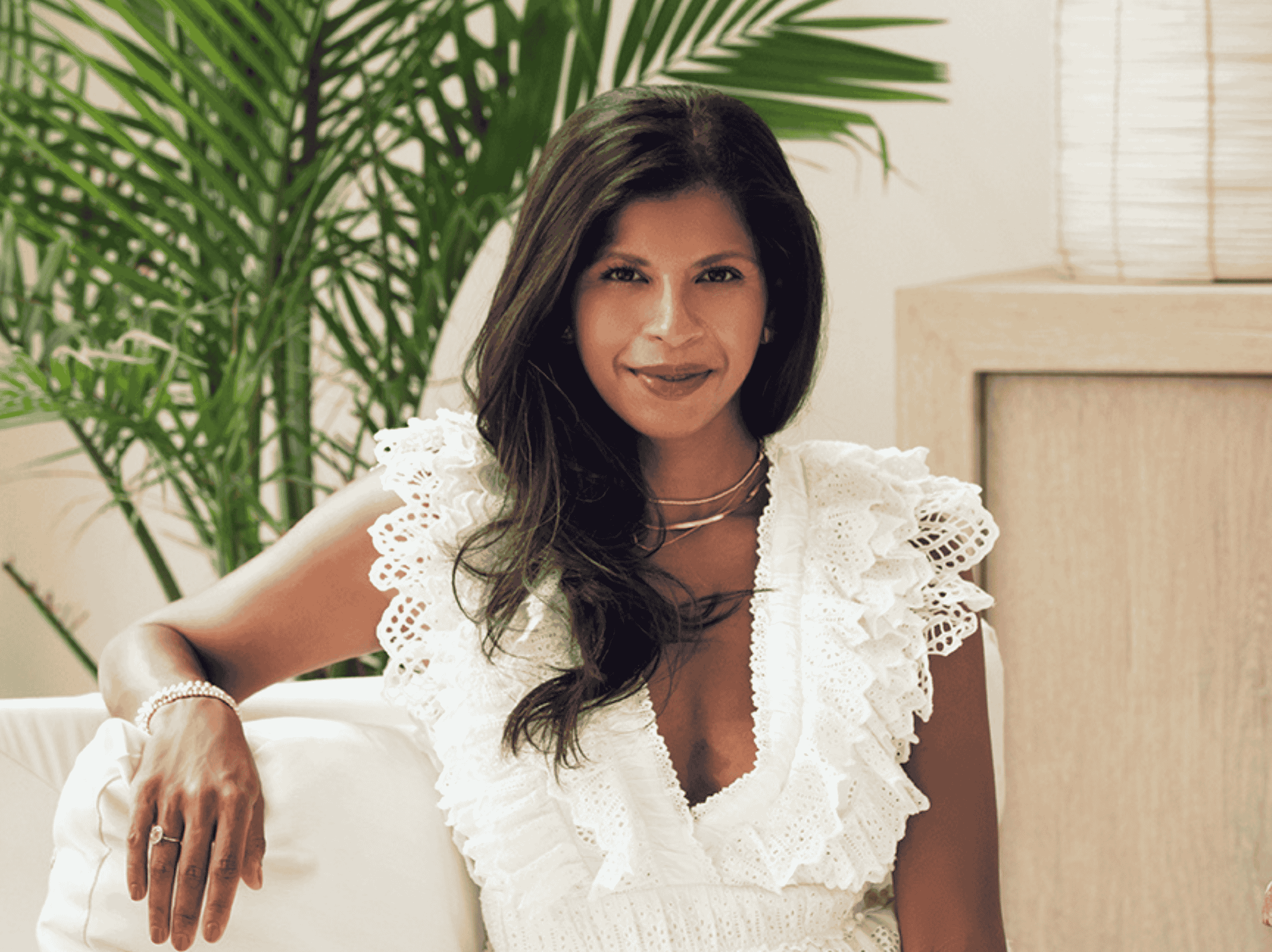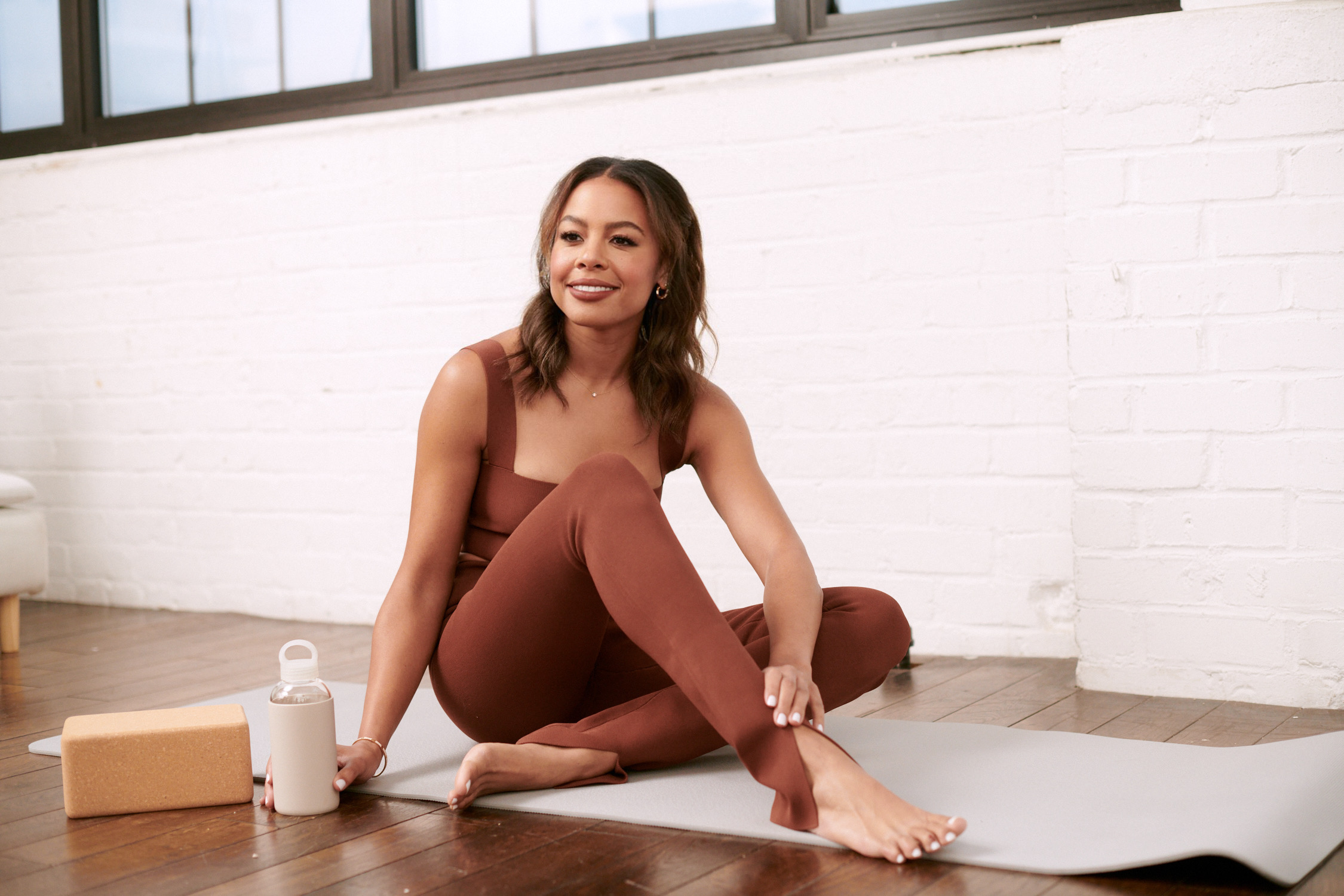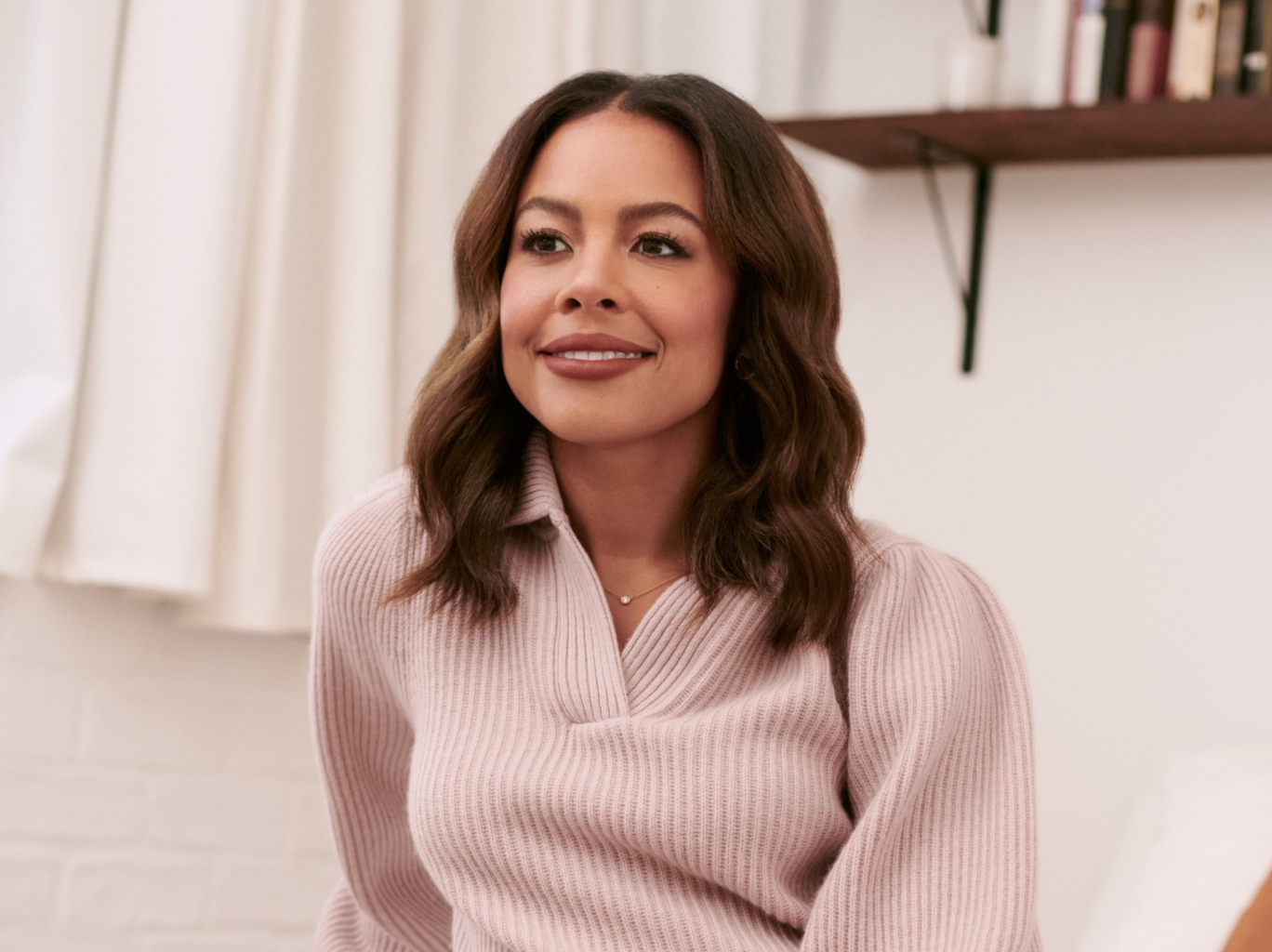From Lingerie to Energy Drinks: The Power of Building Brands That Feel Like Movements

Written By Michelle Cordeiro Grant
I’ve built brands in categories that people said were “too crowded” or “too hard to disrupt”—lingerie and energy drinks.
Both times, I proved that what the market really needed wasn’t just a better product.
It was a better emotion.
If you can build a brand that makes people feel something—joy, confidence, inclusion, nostalgia—then you’ve already won half the battle.
Here’s what I’ve learned about building brands that scale like movements.
1. Your Brand Is Not Your Product
Let’s get something straight: your product is not your brand. Your story is.
Victoria’s Secret sold push-up bras. Lively sold confidence and community.
Red Bull sells adrenaline. Gorgie? We sell energy meets wellness—with joy, brightness, and emotional depth.
Think about your brand like a movie trailer: in 60 seconds, could someone understand the tone, energy, and emotional takeaway?
If not, go back and define:
- Your 3 emotional brand words
- Your core visual mood
- The world your customer enters when they interact with you
Then live those things across everything—from packaging to Instagram to events.
2. Build Emotional Snowballs
At Lively and now Gorgie, we created emotional resonance by showing up offline, early and often.
When Gorgie was still liquid in a glass jar, I printed stickers on Vistaprint and hosted happy hours with 12 college girls. Postcards. Vibes. No pressure. Just connection.
That “emotional snowball” created our first wave of buzz. It gave us language, confidence, and customer insights we couldn’t have found in a spreadsheet.
3. Scrappy Beats Perfect
I launched Gorgie with:
- No cans (just jars)
- No ads
- Postcards printed at FedEx
We listened. We iterated. We did short runs so we could change formulas within weeks based on real customer feedback—dropping sucralose and upping L-theanine right before our Whole Foods launch.Spend more, buy less. Learn fast. Flex harder.
4. Use the 80/20 Rule to Win in Crowded Categories
80% of the time: study the legacy players. They’re big for a reason.
20% of the time: do what they can’t. Show up where they don’t. Speak to what they ignore.
That’s where you create your edge.
In energy, it was taste and aesthetic—with better-for-you ingredients.
In lingerie, it was comfort + style for women with real curves.
Don’t reinvent the category. Reimagine it. Make it adjacently better.
5. Build for Community First. Revenue Second.
The most valuable thing we did at both Lively and Gorgie?
We built a culture, not just a customer base.
We invited community members to our shoots. We printed their faces on our cans. We got hand-written letters from customers who felt seen by a drink in their fridge.When people feel like they’re part of your brand, they’ll carry it further than any agency ever could.
6. Be Consistent Until You Gain Permission to Expand
Consistency builds trust.
Permission unlocks expansion.
Stay laser-focused on what you stand for. Then earn your way into new categories.
Don’t start with extensions. Start with resonance. Once you’ve earned a loyal customer base, then you can drop the powder, the merch, the swimwear—and they’ll show up for it.
Final Thought: Human Emotion Is the Most Scalable Strategy
Everything I’ve built has been grounded in one belief: human emotion moves markets.
Whether you’re building a wellness brand, a skincare line, or a can of energy—ask yourself:
- What are you helping your customer feel?
- Are you building a brand they want to wear, carry, post, and talk about?
- Are you giving them a reason to tell your story when you’re not in the room?
If the answer is yes, keep going.
And if it’s not yet? Start with a postcard, a sticker, or a walk in the park.
That’s where the movement begins.
Michelle Cordeiro Grant is the founder of Gorgie and Lively, two category-breaking brands built with heart and hustle. She’s passionate about creating community-first businesses that win with brand storytelling, iterative feedback, and strategic emotion.




